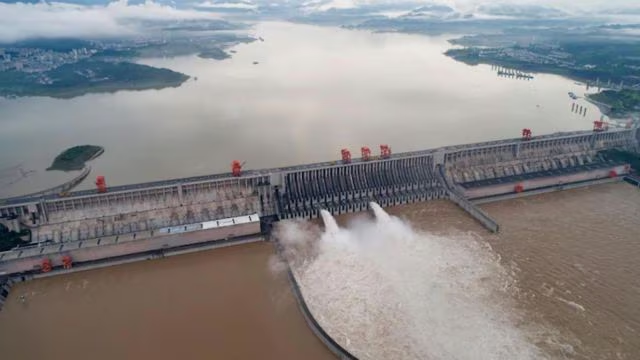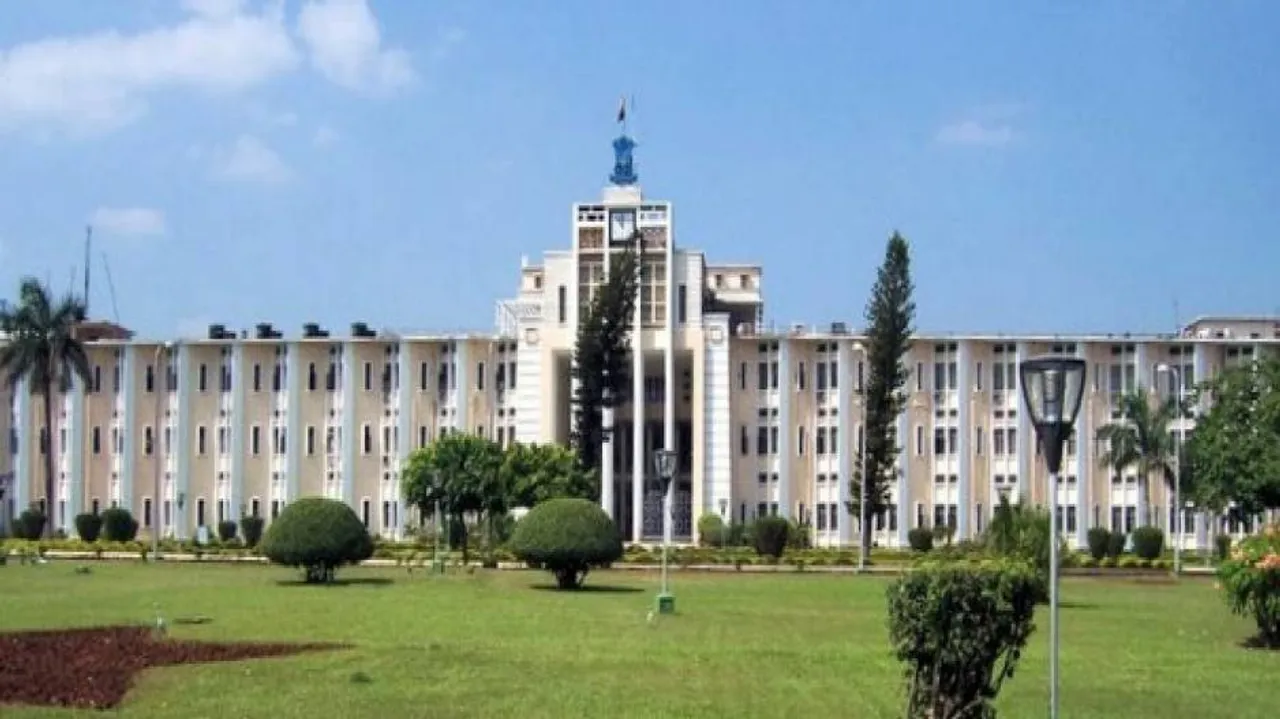New Delhi/Beijing, July 22:
In a development with far-reaching strategic and environmental implications, China has officially begun construction on a massive $170 billion hydropower project on the Yarlung Zangbo River, just before it crosses into India’s Arunachal Pradesh and becomes the Brahmaputra. The project, billed as China’s most ambitious infrastructure initiative since the Three Gorges Dam, is expected to significantly boost China’s energy production—and has sparked concern across the border in India.
Massive Investment, Massive Impact
Announced by Premier Li Qiang on July 19, the project includes the formation of a new state entity, China Yajiang Group Co. Ltd, tasked with constructing and operating five cascade hydropower stations across a 50-kilometre river stretch that drops nearly 2,000 metres. The total generation capacity is expected to reach 60 GW, three times the output of the Three Gorges Dam.
While China has not disclosed the storage capacity of the project—a key factor determining its control over water flow—market confidence surged, with major construction and equipment companies seeing significant gains.
Strategic Concerns in India
The Chinese dam has triggered serious concerns in India, particularly in Arunachal Pradesh, where the Yarlung Zangbo enters as the Siang River before becoming the Brahmaputra.
Chief Minister Pema Khandu, speaking earlier this month, described the project as a bigger threat than even the military build-up along the border.
“Suppose the dam is built and they suddenly release water—our entire Siang belt would be destroyed,” he warned. “Tribal communities such as the Adi would suffer the worst devastation.”
Though only 30% of the Brahmaputra’s flow originates in China, experts warn that even minor changes upstream—especially sudden water releases—could prove catastrophic for the Siang valley, home to ecologically sensitive regions and indigenous populations.
Beyond flooding, the Chinese dam could also hinder India’s downstream hydroelectric ambitions, many of which depend on predictable river flow. Arunachal Pradesh holds over 50 GW of India’s untapped 60 GW hydropower potential.
India’s Response: Upper Siang Multipurpose Project
In response, India has proposed its own strategic dam—the 11.2 GW Upper Siang Multipurpose Project—designed to act as a buffer against potential water shocks from the Chinese side.
The dam, to be constructed by NHPC Ltd, is intended to store water and regulate downstream flow to protect both people and infrastructure. If completed, it would be India’s largest hydropower station.
However, the project has faced years of delays, primarily due to local opposition and pending investigations. Despite the urgency, the pre-feasibility report, commissioned three years ago, remains incomplete.
Union Jal Shakti Minister CR Patil, when questioned about the delay earlier this month, said:
“China can do whatever it wants. We are fully prepared. PM Modi is quite serious about it. Work will start.”
A Looming Water Flashpoint
The absence of a formal bilateral treaty on transboundary rivers between India and China adds to the tension. While China has shared hydrological data during flood seasons in the past, India has long sought greater transparency and legal safeguards.
As both nations build rival hydropower mega-structures on the same river, experts warn that water may become a new strategic flashpoint in an already fragile relationship.










